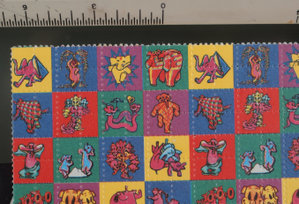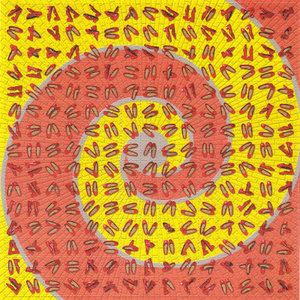Use of illicit drugs including marijuana, ecstasy and LSD by youth declined significantly last year.
The 2003 National Survey on Drug Use and Health released by the Substance Abuse and Mental Health Services Administration (SAMHSA) found an increased perception of risk of marijuana.
But illicit drug use for adults in 2003 stayed about the same as in the previous survey.
Current consumption of marijuana plummeted nearly 30 percent among 12 to 13 year-olds.
There is also a 5 percent decline in the number of youths aged 12 to 17 who have ever used marijuana.
In addition, use of ecstasy and LSD dropped a significantly for youth aged 12-17, including 41 percent for ecstasy and 54 percent for LSD.
There's also a 20 percent decline between 2002 and 2003 in the number of youth claiming to be "heavy users" of marijuana (those smoking either daily or 20 or more days per month). Perceived availability of the drug also declined significantly among youth.
For the general population, the report added there was no significant change in the category "current use of any illicit drug". Overall, 19.5 million Americans ages 12 and older, or 8 percent of this population, currently use illicit drugs.
The survey found that of the 19.4 million adults (age 18 and over) used or were dependent on alcohol or drugs (19.4 million) in 2003.
For youth, SAMHSA attributes the increased perception of marijuana risk to anti-drug messages parental disapproval of substance use and positive attitudes about school
Marijuana continues to be the most commonly used illicit drug, with 14.6 million current users (6.2 percent of the population). The study cites an estimated 2.6 million new marijuana users in 2002. About two thirds of these were under age 18, and about half were female.
There were an estimated 2.3 million persons who used cocaine in 2003 including 604,000 crack users.
One million persons used hallucinogens, including LSD, PCP, ecstasy and other substances, and 119,000 people were estimated to currently use heroin.
These projections are all similar to estimates for these drugs in 2002, the government said.
The non-medical lifetime use of prescription pain relievers showed a 5 percent increase for the population 12 and older, with young adults (18-25) experiencing a 15 percent increase in lifetime, as well as current use.
Over all, current use of prescription pain relievers non-medically remained stable from 2002-2003. There was a statistically significant increase in lifetime non-medical use of Vicodin, Lortab, or Lorcet from 13.1 million to 15.7 million.
Inf.: National Survey on Drug Use and Health, www.oas.samhsa.gov.
Copyright Washington Crime News Service Sep 20, 2004
Provided by ProQuest Information and Learning Company. All rights Reserved



